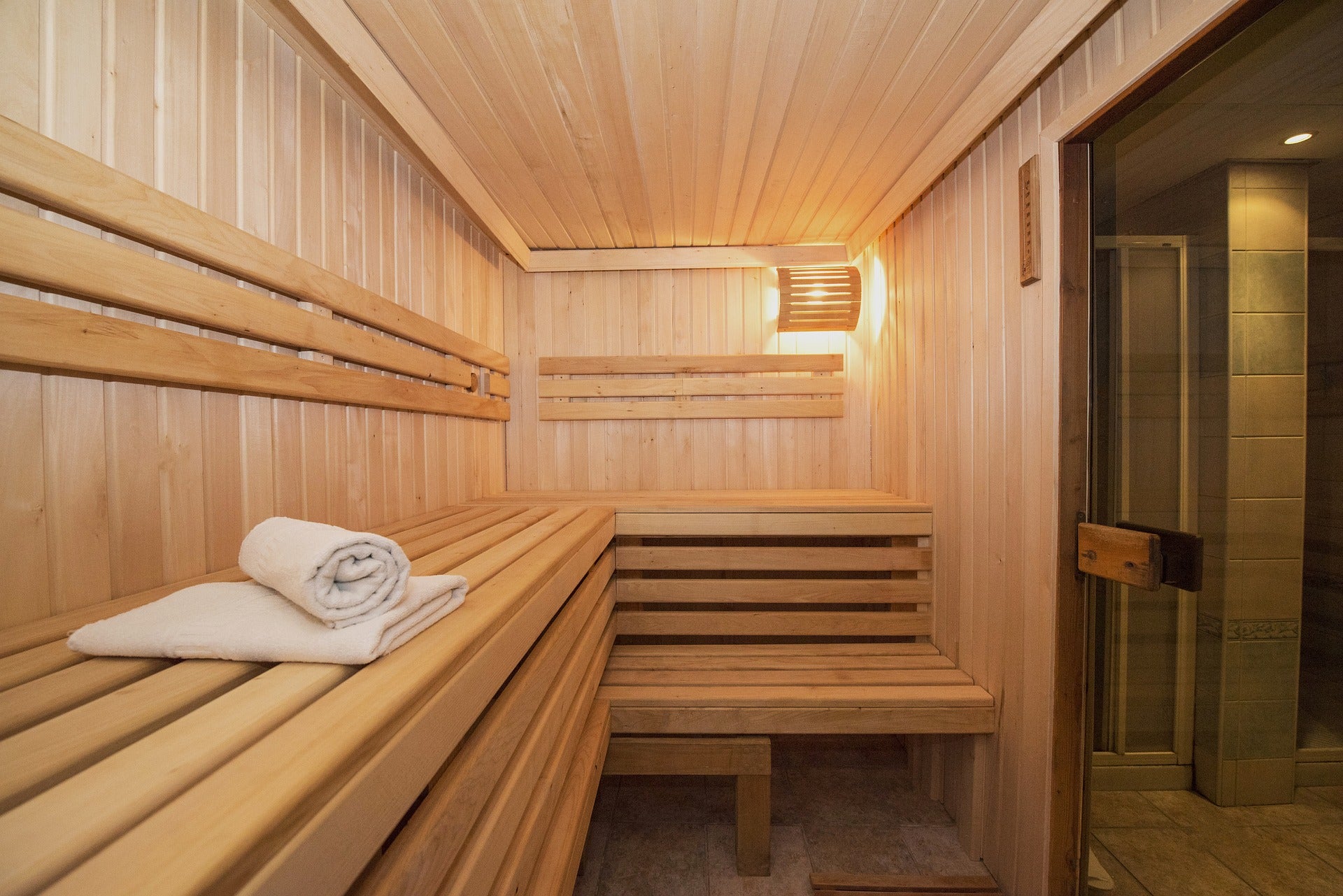Some Known Incorrect Statements About Traditional Sauna
Some Known Incorrect Statements About Traditional Sauna
Blog Article
The Only Guide for Traditional Sauna
Table of Contents8 Easy Facts About Traditional Sauna DescribedThe 8-Second Trick For Traditional SaunaNot known Details About Traditional Sauna Rumored Buzz on Traditional SaunaSome Known Questions About Traditional Sauna.
Most of the weight shed in a sauna is water loss and is re-gained upon rehydrating. Without a question sauna can be an essential component of a healthy weight loss program. To look at the differences between typical and IR saunas, I will divide these into proven, theoretical, and made distinctions.Thus, the best point in the saunawhich goes to the ceiling directly over the sauna heateris commonly in between 185 and 190 F. Claims that a traditional sauna goes beyond 200 F is merely not true and not relevant for electric saunas offered in the United States. The temperature level for a far-infrared sauna is usually established between 120 and 140 F; nonetheless, unlike the typical sauna, the objective in and IR room is not to achieve a heat.
Since of this, the temperature difference is practically unimportant, because extreme sweating leads to both sauna types, but the approach of heating the body is various. In an IR sauna the bather will really feel warm and will sweat profusely, yet at a lot reduced temperatures (Traditional Sauna). Hence, if the goal is to spend longer time periods in the sauna, the IR sauna is a good selection
When a traditional sauna has actually been appropriately warmed, the sauna walls are warm, the air temperature has accomplished established temperature and the rocks are very heated. As an interesting side note, the warmed wall surfaces and the rocks are giving off far-infrared warmth, combined with the heated air, to create an "enveloping warm".
Some Known Facts About Traditional Sauna.

When the heat is achieved, the components cycle on and off to preserve the heat. A lot of traditional sauna individuals enjoy pouring water over the rocks to develop vapor to raise sauna moisture levels. The benefits of pouring water over the rocks consist of: making the space extra comfy, moistening the nasal flows, and permitting the use of aromatherapy by blending important oils with the water.

When the power enters the body, it creates the body temperature to increase and inevitably causes perspiration. In an infrared sauna it is essential for the emitters/heaters to stay on virtually regularly. Because there is no mass of rocks to retain warmth, the sauna will cool if the emitters closed off.
As discussed over, the sauna bather in an infrared room intends to place himself in front of running emitters to get maximum take advantage of the warmth. The home heating time for the 2 areas can be very different, depending on exactly how the areas are used. For a standard sauna, a bather needs to allow 30-40 mins for the room to accomplish a wanted temperature level and to appropriately pre-heat the rocks.
How Traditional Sauna can Save You Time, Stress, and Money.
A well built sauna will normally attain a temperature level of 150-160 F in concerning 30-40 minutes. For hotter temperatures, the room may need to heat for a longer period. When the area accomplishes established temperature level, the heating unit will cycle on and off, normally running about 50% of the time. The shielded wall surfaces and the warmed rocks will maintain the space warm and at secure temperature levels.

Standard saunas tend to be bigger (hence utilize more electrical power) than infrared saunas, although typical saunas are absolutely available in one and 2 individual sizes too. For a two-person conventional index sauna, 5x6 or 5x7 dimension is most popular. The top bench can conveniently seat two or 3 people and is likewise long enough to rest during the sauna session.
Traditional Sauna Can Be Fun For Everyone
The ordinary cost per kWH of electricity in the U.S. is approximately $0.11, so a 4.5 kW heater will cost around $.50 to compete one hour, if the heating system runs continually for one hour. Normally a sauna heating unit will certainly compete 75% of the initial hour and 50% of succeeding hours on because the components cycle once the established temperature is accomplished.

There is a seldom discussed distinction in the social experience between the 2 spaces. While our society has actually shed some of the social advantage of the standard sauna experience, it can be extremely socially fulfilling (Traditional Sauna). From family time in the sauna, to heart-felt discussions with loved ones, to sauna partiesthe typical sauna experience can result reference in intimate socializing
An Unbiased View of Traditional Sauna
The majority of higher end infrared spaces consist of tinted light therapy, sound systems and full-glass fronts.
Report this page